Difference between wood types?
kerrygw
15 years ago
Related Stories

LANDSCAPE DESIGNThe 7 Best Plant Types for Creating Privacy and How to Use Them
Follow these tips for using different kinds of plants as living privacy screens
Full Story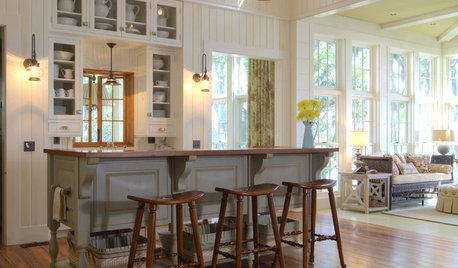
KITCHEN DESIGN9 Flooring Types for a Charming Country Kitchen
For hardiness and a homespun country look, consider these kitchen floor choices beyond brand-new wood
Full Story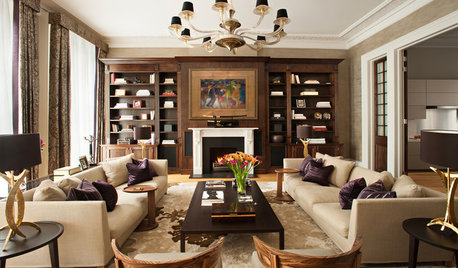
DECORATING GUIDESLive in Harmony: 3 Types of Balance in Design
Learn about symmetrical, asymmetrical and radial balance to create spaces that calm and welcome
Full Story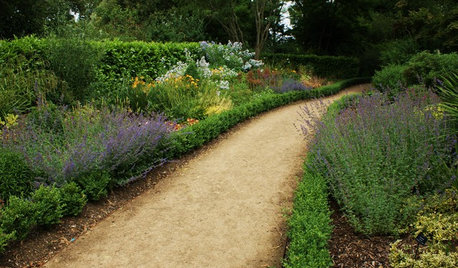
LANDSCAPE DESIGN5 Gravel and Stone Types for a Rockin' Landscape
Give your garden design some textural bam with pebbles, granite, river rocks and other permeable materials
Full Story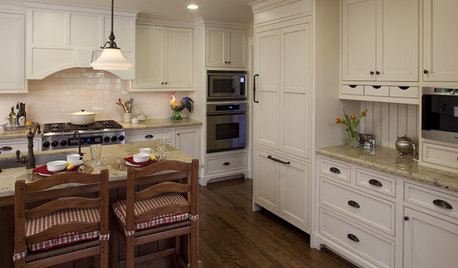
KITCHEN DESIGN9 Molding Types to Raise the Bar on Your Kitchen Cabinetry
Customize your kitchen cabinets the affordable way with crown, edge or other kinds of molding
Full Story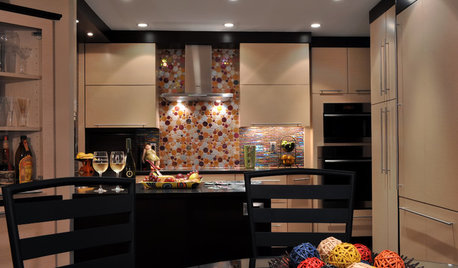
KITCHEN DESIGNChoosing a Backsplash: What's Your Personality Type?
10 Tile Styles That Say a Little Something About You
Full Story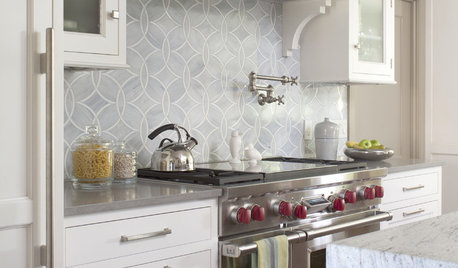
KITCHEN DESIGN8 Top Tile Types for Your Kitchen Backsplash
Backsplash designs don't have to be set in stone; glass, mirror and mosaic tiles can create kitchen beauty in a range of styles
Full Story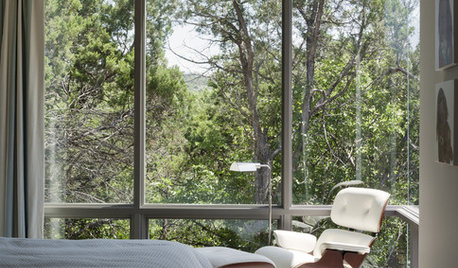
DECORATING GUIDESThe Art of the Window: Drapery Solutions for Difficult Types and Shapes
Stymied by how to hang draperies on a nonstandard window? Check out these tips for dressing 10 tricky window styles
Full Story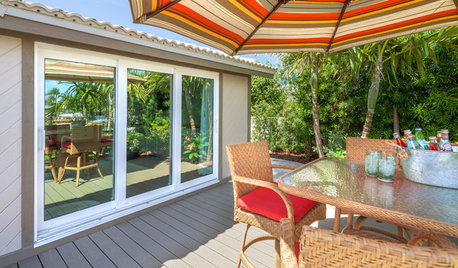
PATIOS6 Patio Cover Types to Shade You in Style
Protect yourself and your deck from the blazing sun with umbrellas, cloth, built structures — or nature's perfect shading solution
Full Story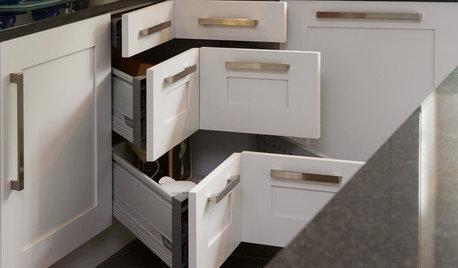
KITCHEN STORAGE8 Cabinet Door and Drawer Types for an Exceptional Kitchen
Pick a pocket or flip for hydraulic. These alternatives to standard swing-out cabinet doors offer more personalized functionality
Full StoryMore Discussions









lucy
mightyanvil
Related Professionals
Kalamazoo Kitchen & Bathroom Designers · Schaumburg Kitchen & Bathroom Designers · Soledad Kitchen & Bathroom Designers · Williamstown Kitchen & Bathroom Designers · Reedley Kitchen & Bathroom Designers · Sunrise Manor Kitchen & Bathroom Remodelers · Glade Hill Kitchen & Bathroom Remodelers · Blasdell Kitchen & Bathroom Remodelers · Emeryville Kitchen & Bathroom Remodelers · Sioux Falls Kitchen & Bathroom Remodelers · Sun Valley Kitchen & Bathroom Remodelers · Plant City Kitchen & Bathroom Remodelers · Palestine Kitchen & Bathroom Remodelers · Mountain Top Kitchen & Bathroom Remodelers · Seattle Architects & Building Designersjoed
allison1888
johnmari
ericwi
joelbuckley
kerrygwOriginal Author